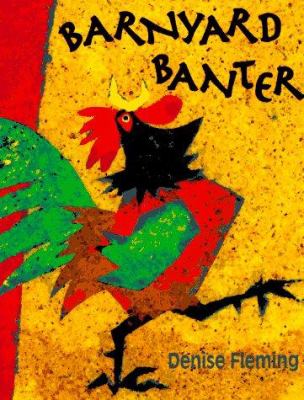 I don’t remember the minutiae of learning to read, but the word phonics instantly transports me back to my first grade classroom in the early eighties and many mornings working in those red phonics workbooks. If you’re sitting here reading these words, you definitely learned phonics at some point, even if some of us can’t exactly describe what phonics is right this minute. Phonics is simply the relationship between letters and the sounds they make. Why is it so important? Well, it’s the crucial first stop on the road to reading!
I don’t remember the minutiae of learning to read, but the word phonics instantly transports me back to my first grade classroom in the early eighties and many mornings working in those red phonics workbooks. If you’re sitting here reading these words, you definitely learned phonics at some point, even if some of us can’t exactly describe what phonics is right this minute. Phonics is simply the relationship between letters and the sounds they make. Why is it so important? Well, it’s the crucial first stop on the road to reading!
When children get to kindergarten, it’s all about decoding. This is the process of applying one’s phonics knowledge to sound out words. In fact, the first three years of reading instruction, kindergarten through second grade, focus mostly on decoding.
Researchers have found that the ability to hear the smaller sounds from words, called phonological awareness, directly supports decoding. So, providing opportunities for your child to hear and play with the smaller sounds in words will help them sound out words when they reach kindergarten and begin learning to read.
Here are some fun activities to boost phonics in young readers, appropriate for a variety of ages. Children are able to distinguish the different sounds in words as early as 10 months of age, so it’s impossible to start too soon!
Simple ways to boost phonics:
- Sing! Songs have a different note for each syllable, drawing out the sounds so children can hear the smaller sounds in the words.
- Clap, tap, or bounce out a rhythm. Say or sing the ABCs, making a clap for each letter.
- Read together fun books that incorporate rhythm or rhymes. Identify and talk about the rhyming words.
- Point out the sounds you hear as you go for a walk: birds, traffic noises, etc. Can your child tell you what made the sound? Can they copy it?
- See how many animal noises they can make. Can they copy a sound you make and tell you what animal it is?
- Play guessing games like “I spy” in a number of ways. “I spy something big and blue that starts with /s/” or “I spy something green that rhymes with cat.”
- Say rhymes and make up your own silly nonsense rhymes together.
- Make up silly words together by changing the first letter in a word.
Remember to keep it fun! Don’t try too many activities at once, and it’s okay to keep sessions short and casual.
Here are a few librarian-approved titles that include lots of fun noises, rhythms and rhymes. One even may have you practicing your best seal impression:
- The Seals on the Bus by Lenny Hort
- Polar Bear, Polar Bear, What Do You Hear? By Bill Martin
- Barnyard Banter by Denise Fleming
- Roar: A Book of Animal Sounds by Katerina Kerouli
- Dinosaur Dance by Sandra Boynton
- Joy Carr, Youth Librarian, Schusterman-Benson Library